Freemasonry is alleged to have a total of ninety degrees when you combine both the Rites of Memphis, and Misraim. The first 33 degrees are those of the Ancient and Accepted Scottish Rite, in which the degrees of one, two and three are earned in the Blue Lodge. They consist of the Entered Apprentice, Fellow-Craft, and Master Mason. The word master, in Masonry signifies a man who is considered in the allegorical sense as a “Master Builder”; this means that he has reached the highest degree of skill and knowledge of his craft, which happens to be “wisdom and Gnosis.”
“The word degree, in its primitive meaning, signifies a step. The degrees of Freemasonry are then the steps by which the candidate ascends from a lower to a higher condition of knowledge. The various Degrees are generally called “higher ” because, with the exception of Mark man, to which fellow Crafts may be admitted, they are only conferred on Master Masons.”- Albert McKay 33rd Degree Freemason
“Rite known as the Ancient and Accepted Scottish, practiced in various countries and by all Supreme Councils, com-prising thirty-three degrees. It is believed to have been extended from the Rite of Perfection of twenty-five de-grees to its present number, in Charleston, S. C, in 1802, and mainly arranged, as it now exists in France and else-where, in 1804. Rite known as the Order of Modern Templars, or Knights Templar, comprising three degrees, practiced in the United States of America and Great Britain. As the successor of the secular Templars of the Jesuit system of Strict Observance, this rite was arranged in France in 1804.” – A General History of Freemasonry: Based Upon the Ancient Documents Relating By Emmanuel Rebold
“The Rite of Misraim arose in 1805, and was once recognized by the A. and A. Rite in Ireland. Ninety Degrees are conferred, culminating in that of “absolute Sovereign Grand Master 90. The degrees are divided into four series, the first of thirty-three symbolic degrees; the second of thirty-three philosophical degrees; the third of eleven mystic degrees; and the fourth of thirteen hermetic and cabalistic degrees. The four series are again divided into seventeen classes.” – The Freemason and Masonic Illustrated
If you scroll below this image, you will find a list of the degrees, from what countries they originate, and the rites associated with them.
Names Of Masonic Rites Extant, And Where Practiced.
Rite of Ancient Free and Accepted Masons, practiced by nine-tenths of all the lodges of the globe, the same being the Modern English Rite of three symbolic degrees, as arranged by the Grand Lodge of London in 1717
Rite of Zinendorf, practiced by the National Grand Lodge of Germany, at Berlin, comprising seven degrees, arranged in 1767
Rite practiced by the Grand Lodge of Stockholm, commonly called the Swedish Rite, or System of Swedenborg, comprising eight degrees, and arranged in 1773
Rite practiced by some lodges in Belgium, called the Scotch Philosophic Rite of eighteen degrees, arranged in 1776
Rite known as the Royal Arch or York Rite of seven degrees, practiced in the United States of America, and the higher degrees of which are believed to have been arranged, by Lawrence Dermott, in 1777
Rite practiced by some lodges in Belgium, known as the Refined Scottish or Reformed Ancient Rite, arranged as the successor of the Rite of Perfection, after the Congress of Wilhelmsbad, in 1782
Rite practiced by the Grand Lodge of Frankfort and Hamburg, known as the Eclectic Rite, comprising three degrees, arranged, in conformity with the opinion expressed by the Congress at Wilhelmsbad, in 1782, by Baron Knigge, in 1783
Rite practiced by the Grand Orient of France, commonly called the Modern French Rite, comprising seven degrees, and which was arranged by a commission of that body as a basis of compromise between it and the ” General Grand Chapter of the Rite of Perfection,” organized, in 1783, as the successors of the ” Grand Council of Emperors of the East and West, Sovereign Prince Masons,” and adopted in 1786
Rite practiced by the Grand Royal York Lodge of Berlin, known as Fessler’s Rite, comprising three degrees and a chapter, arranged in 1796
Rite of the Grand Lodge at the Three Globes in Berlin, comprising twenty-five degrees, as arranged to admit, in 1760, the high degrees then prevalent, but which was reduced to ten degrees in 1798
Rite known as the Ancient and Accepted Scottish, practiced in various countries and by all Supreme Councils, com-prising thirty-three degrees. It is believed to have been extended from the Rite of Perfection of twenty-five de-grees to its present number, in Charleston, S. C, in 1802, and mainly arranged, as it now exists in France and else-where, in 1804
Rite known as the Order of Modern Templars, or Knights Templar, comprising three degrees, practiced in the United States of America and Great Britain. As the successor of the secular Templars of the Jesuit system of Strict Observance, this rite was arranged in France in 1804
Rite of Misraim, practiced in Paris, comprising ninety de-grees, invented by Lechangeur, of Milan, in 1806, and introduced into France by Mark and Michael Bedar-
ride, in 1815
Rite of Memphis, now practiced only in the United States of America, comprising ninety-five degrees, the same being an extension and improvement of the last-named rite, made by Marconis de Negre, in 1838
Rites, Called Masonic, Which Have Become Extinct, Ob Which Have Become Absorbed Into Some Existing Rlte.
Rite of Noah, arranged as the Order of the Noahchites in 1735
Scottish or Jacobin Rite of Ramsay, first known in 1736
Rite of Herodom of Kilwinning, first practiced in 1740
Rite or Order of Fidelity, by Chambonet 1742
Rite or Order of the Anchor 1744
Rite of the Areopagists 1746
Scottish Jacobin Rite, created by the Pretender, in 1747
Rite of the Elect of Truth, at Rennes, in 1748
Rite of the Old Daughter-in-law, by Lockhart, an emissary of the Jesuits, in 1749 or 1750
Rite of the Illuminati of Stockholm, founded in 1621, and resuscitated in France, under Masonic forms, in 1750
Rite or Order of Prussian Knights 1756
Rite of the Clerks of Strict Observance, or clerical Templar system, founded by the Jesuits, and united, in 1776, with the Secular Templars, also a creation of the Jesuits 1756
Rite of Knights of the East, by Pirlet 1757
Rite of the Emperors of the East and West, Sovereign Prince Masons. This was the Rite of Herodom extended to the Rite of Perfection of twenty-five degrees, by the Jesuits, and propagated by Pirlet about 1758
Rite of Strict Observance, or modified Templar system of seven degrees, known as the Secular Templars 1760
Rite of the African Architects 1762
Between 1762 and 1766 there were introduced five rites, named respectively the Asiatics, the Patients, the Seekers, the Princes of Death, and the Reformed of Dresden.
Rite of the Flaming Star, founded by Baron Schudy, an emissary of the Jesuits, in 1766
Rite of the Rose Cross, founded by Valentine Andrea in 1616, and resuscitated, under Masonic forms, in 1767
Rite of the Knights of the Holy City, by an emissary of the Jesuits, in 1768
Rite of the Elected Cowans, by Martinez Paschalis 1768
Rite of the Black Brethren: 1770
Scandinavian Rite, and the Hermitic Rite, in 1772
Rite of the Philalethes, founded in Paris by Lavalette de Langes, Court de Gebelin, the Prince of Hesse, etc 1773
Rite of the Illuminati of Bavaria, by Professor Weisshaupt. 1776
Rite of the Independents, and Rite of the Perfect Initiates of Egypt 1776
Rite of the Illuminati of Avignon, being the system of Swedenborg, in 1779
Rite of the Philadelphians of Narbonne, a rite of ten degrees, founded by some pretended superior officers, major and minor, of ” the Order of Free and Accepted Masons “…. 1780
Rite of the Martinists, founded by St. Martin 1780 Rite of the Sublime Masters of the Circle of Light 1780
Rite of Knights and Nymphs of the Rose (one degree)…. 1781
Rite of the Masons of the Desert 1781
Egyptian Rite, by Cagliostro 1781
Rite of Universal Harmony, by Dr. Mesmer .* 1782
Rite of the Illuminati of the Zodiac 1783
Rite of Zoroaster 1783
Rite of High Egyptian Masonry (adoptive), by Cagliostro.. 1784
Rite of Adonhiramite Masonry 1787
Rite of the Holy Order of the Sophists, by Cuvelier of
Treves 1801
Rite or Order of Modern Templars, founded by Drs. Ledru
and Fabre-Palaprat1 1804
Rite or Order of Mercy 1807
Rite or Order of Knights of Christ, founded by E. de Nunez. 1809
Rite or Order of French Noachides, or Napoleonic Masonry. 1816 Rite of Rigid Observers, founded by some officers of the
Grand Orient in 1819
Persian Philosophic Rite, created in Erzrum in 1818, and
introduced in France in 1819
‘This rite is not extinct in Great Britain and United States of America, it being, in those countries, fitted on to the York Rite, as high degrees.

Moe is the founder of GnosticWarrior.com. He is a father, husband, author, martial arts black belt, and an expert in Gnosticism, the occult, and esotericism.

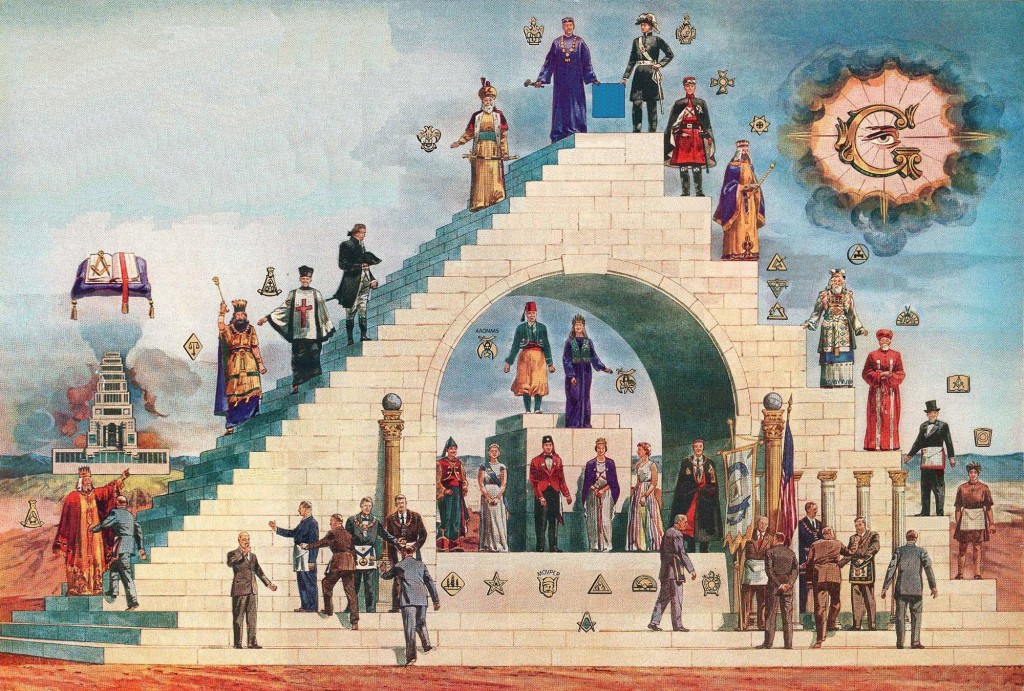
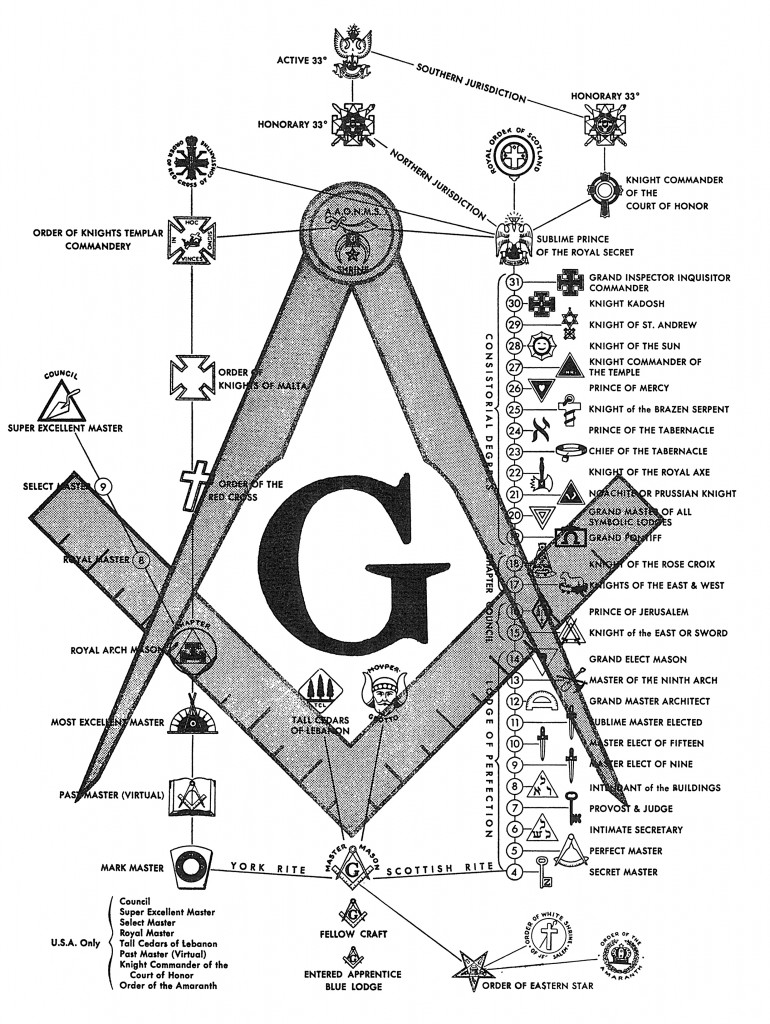
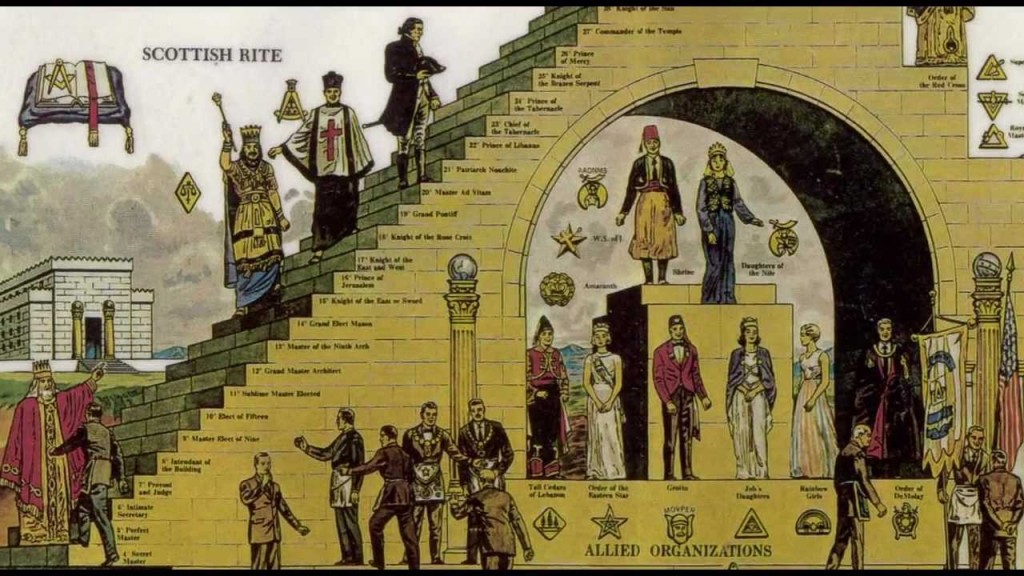
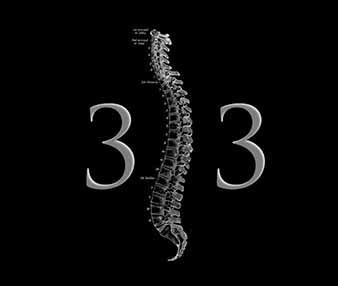
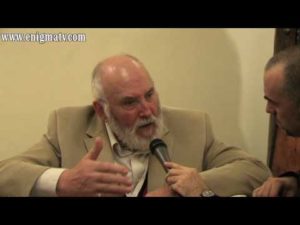
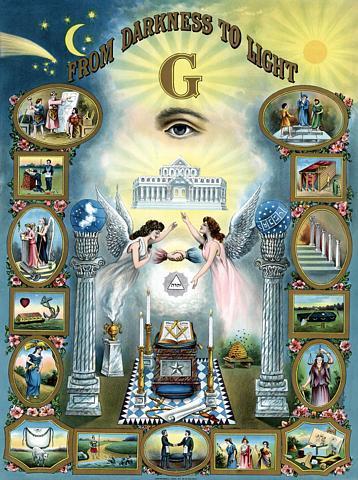
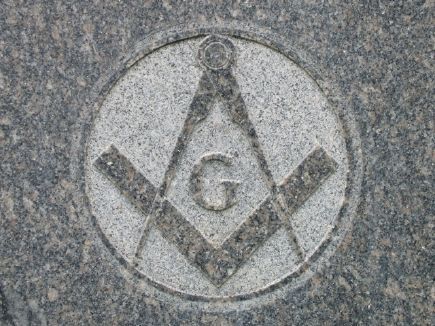
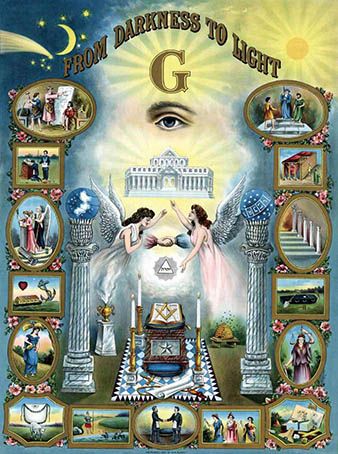
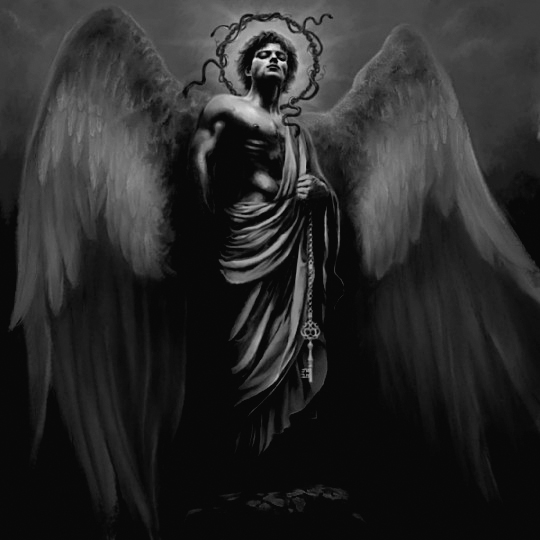
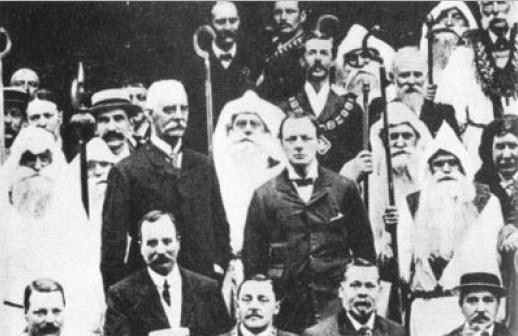
Sadly all degrees after the Holy Royal Arch are….. Jesuit I.H.S.V. created….
As a student of the extant Mystery Schools and Gnosticism, I was thrilled to find your website
Looking forward to many informative hours of study.
Fr Burt